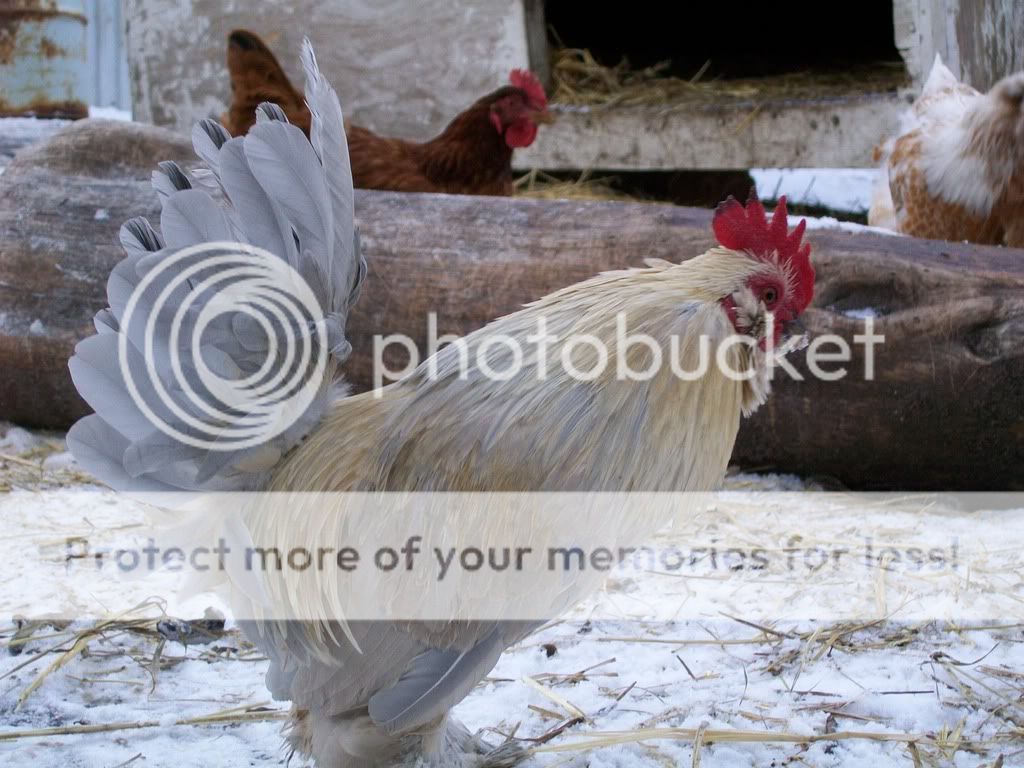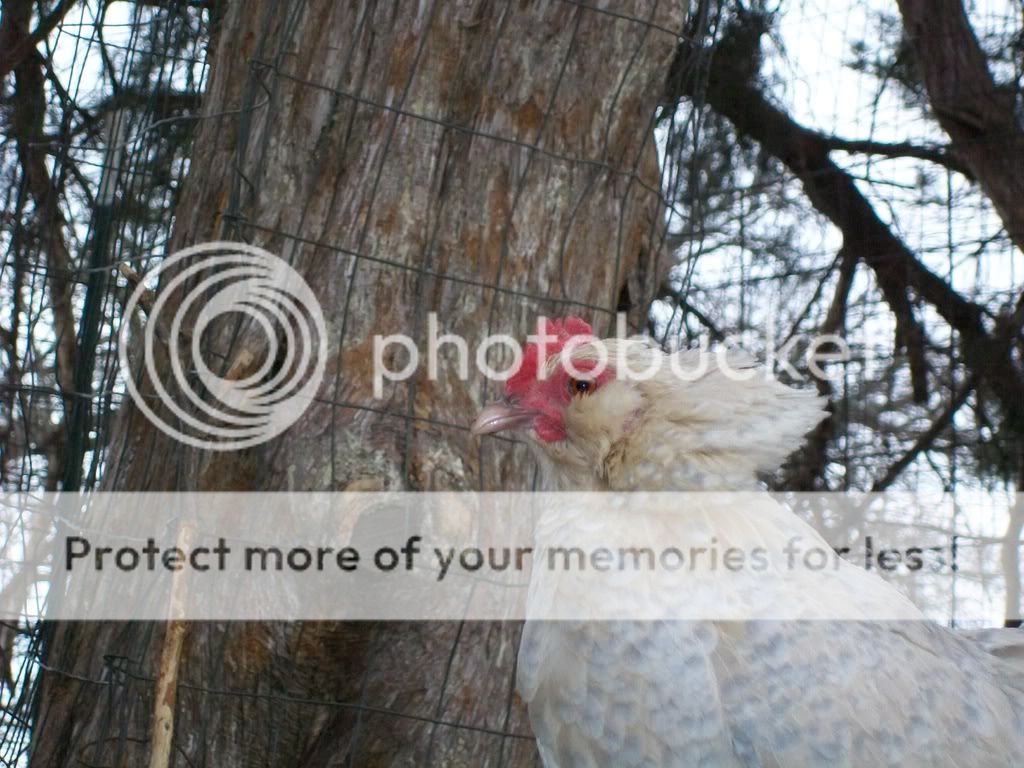- Jun 18, 2008
- 2,488
- 80
- 294
havnt molted yet but i took new pictures of my porcelain d'uccles, tell me please, if they are show quality! thanks!
porcelain roo:


porcelain hen:


Note: there feathers on there feet arent the best but i will wash, and keep the bantams under special care befor showing to fix there feet feathers. if they are "showable" thanks!
porcelain roo:


porcelain hen:


Note: there feathers on there feet arent the best but i will wash, and keep the bantams under special care befor showing to fix there feet feathers. if they are "showable" thanks!

